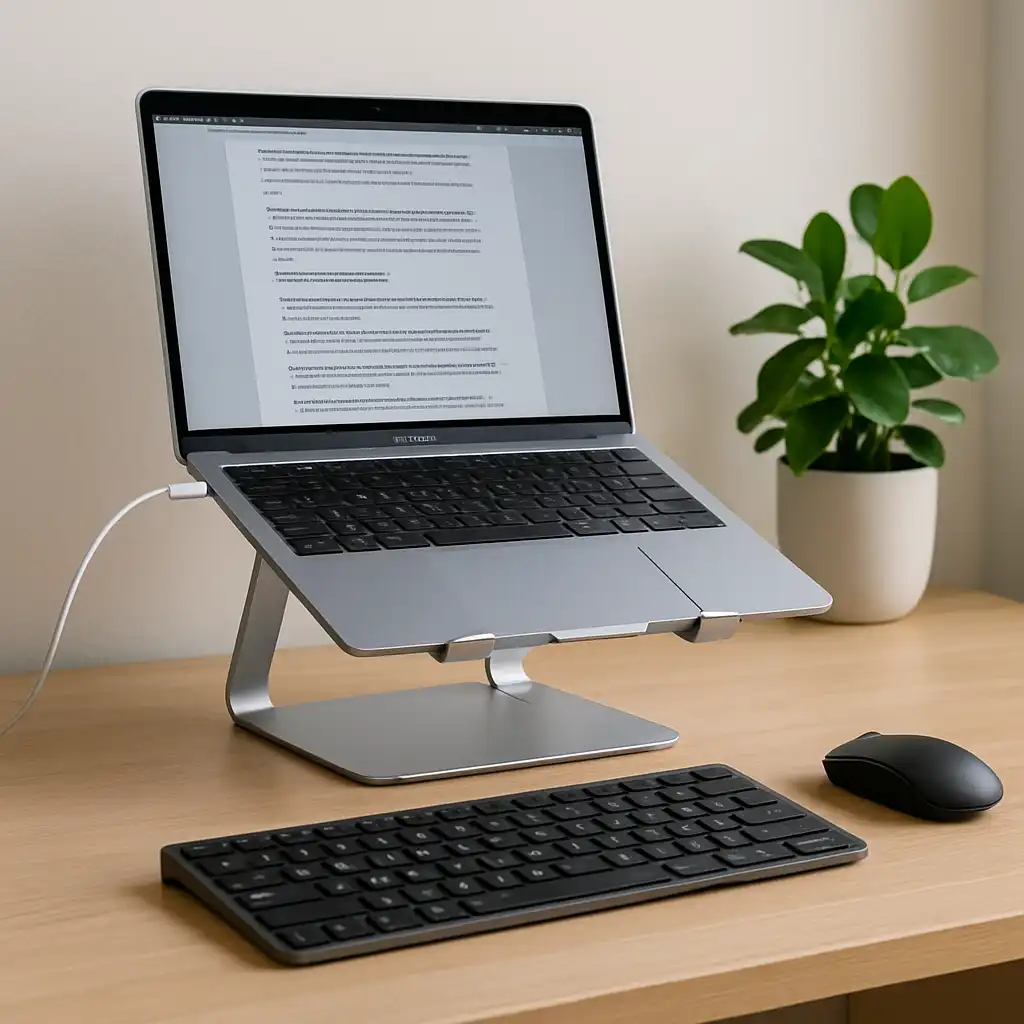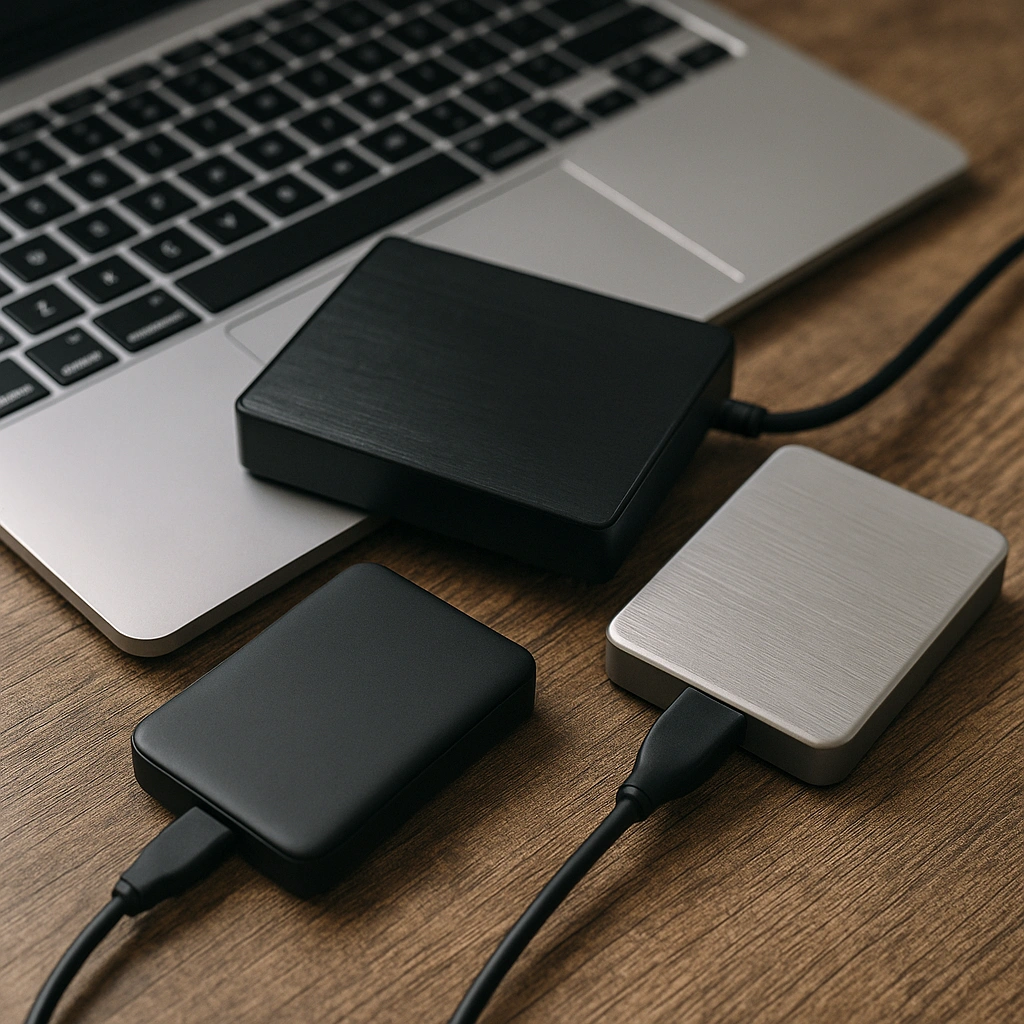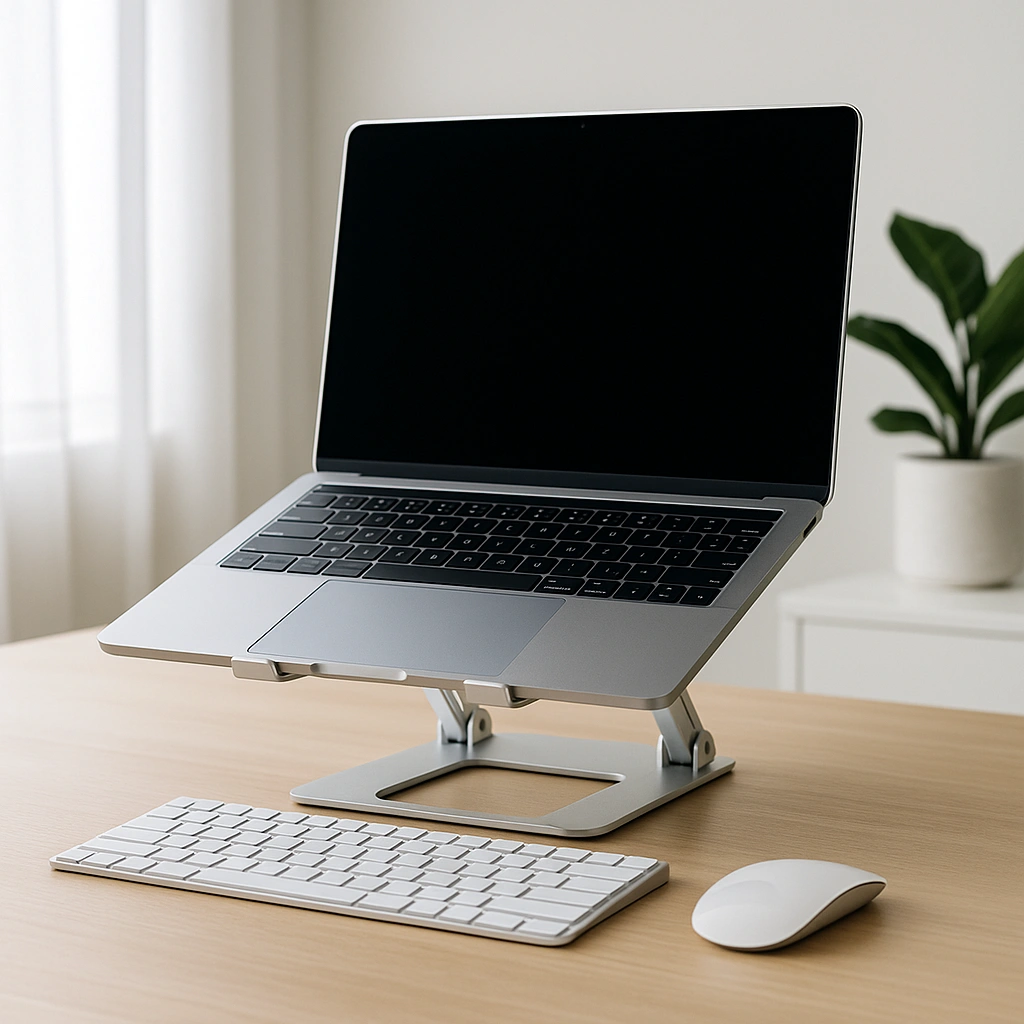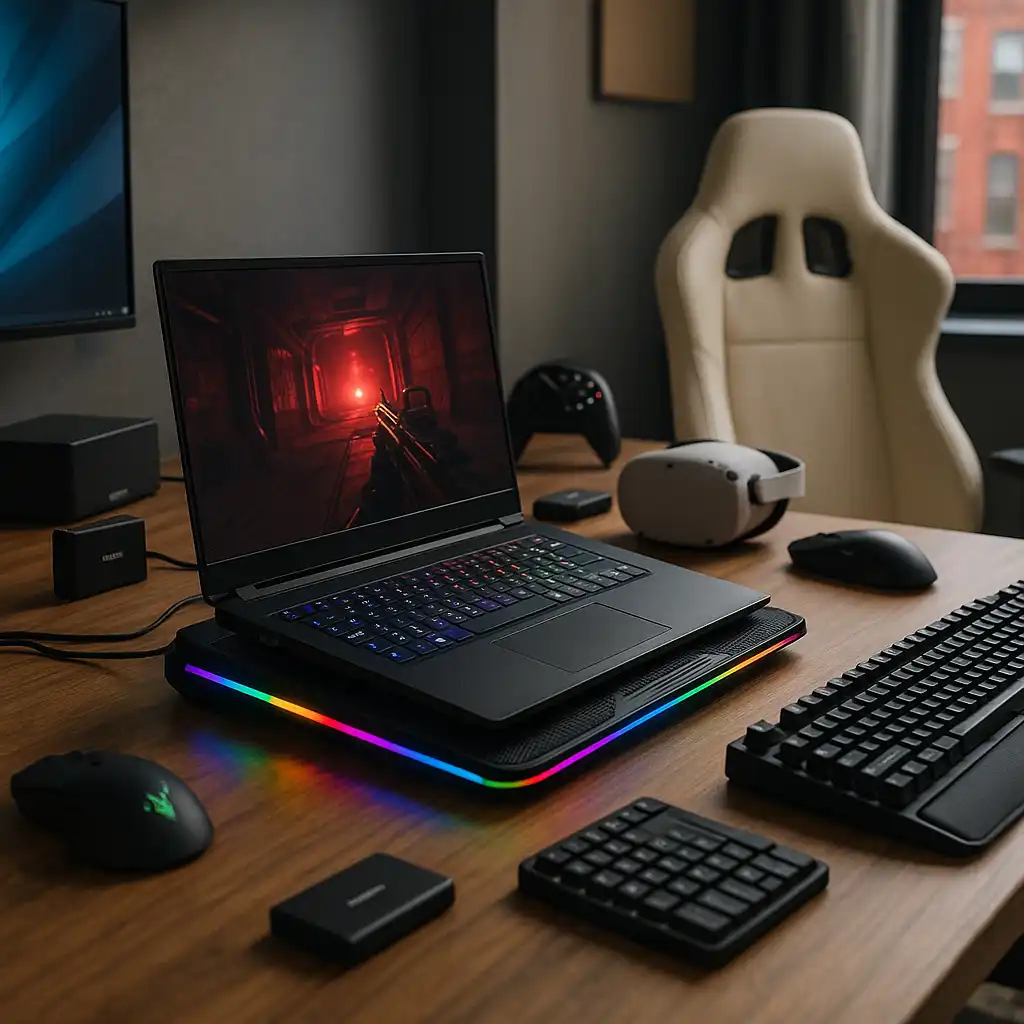Are Laptops Bad for Posture? Why Ergonomics Matter More Than You Think
Disclosure: This post contains affiliate links. As an Amazon Associate, I earn from qualifying purchases—at no extra cost to you.
Last Updated: October 2025
If you’ve ever noticed a sore neck or tight shoulders after a long laptop session, you’re not alone. Laptops make work and study easy, but they weren’t designed with posture in mind. Their all-in-one layout forces you to look down and reach forward — a combination that can quietly turn comfort into strain over time.
👉 For practical fixes, check our guide on improving your laptop setup for better posture.
🔍 Why Laptops Can Be Bad for Posture
Laptops are convenient, but ergonomically, they’re flawed. Because the screen and keyboard are attached, your body has to adapt — not the other way around. That’s where laptop bad posture starts: a rounded back, hunched shoulders, and a stiff neck after long hours.
Since laptops are not ergonomic by design, your head naturally leans forward, adding extra pressure on the spine. The problem isn’t the laptop itself — it’s the posture you fall into when using it without proper setup. Over time, that small tilt can become a daily habit that’s tough to unlearn.
🔍 How Posture While Working on a Laptop Affects Your Body
Good posture keeps your body balanced, but laptops make that harder. When you slouch forward, you limit airflow and tighten the muscles that support your back and shoulders. That’s why fatigue sets in faster during long laptop sessions.
Your posture while working on a laptop also affects your wrists and forearms. Typing with your hands angled down or stretched forward creates tension that builds up quietly. Adjusting your setup so your elbows bend around 90 degrees can make a huge difference in comfort.
👉 If you often feel neck or shoulder tension after working, check our guide on reducing laptop-related neck strain for simple adjustments that help release pressure and improve alignment.
🔍 Ways to Improve Laptop Posture and Ergonomics
The easiest fix is to lift your screen closer to eye level. A laptop stand, or even a few sturdy books, works perfectly. Pair that with a wireless keyboard and mouse so your arms can relax at desk height. Sit with your lower back supported, feet flat on the floor, and shoulders loose.
Breaks help more than you’d think. Stand up, stretch, or roll your shoulders every 30 to 45 minutes. These quick resets keep your spine aligned and stop tension before it builds.
🔍 Best Practices for Comfortable Laptop Use at Home or School
If you study or work from home, aim for consistency. Keep your screen just below eye level and avoid slumping into soft furniture. Couches and beds might feel comfortable at first, but they pull your body into curved positions that strain your neck and back.
If working in bed is unavoidable, use a tray or pillow stand to lift the screen and keep your back upright against a firm cushion. Over time, your body starts to remember what good posture feels like — and staying comfortable becomes second nature.
📌 Key Takeaways
- Laptops sacrifice ergonomics for portability, which can hurt posture over time.
- Simple tools like stands, keyboards, or supportive chairs make a big impact.
- Being mindful of posture while working on a laptop helps prevent chronic pain.
- Frequent breaks and better screen height protect your spine and shoulders.
🟢 FAQs
Q: Can using a laptop cause long-term posture problems?
Not usually, but long hours in the same position can tighten muscles and affect alignment. Small setup changes and daily stretching keep things in check.
Q: What is the ideal laptop setup for better posture?
Raise the screen to eye level, use a wireless keyboard and mouse, and choose a chair that supports your lower back. Keep your elbows near your sides at a comfortable 90-degree angle.
Q: How often should I take breaks from laptop work?
Every half hour, take a short break to move around. Even a minute of stretching or standing helps your posture reset naturally.
✅ Conclusion
So, are laptops bad for posture? Not by design — but the way we use them can be. With a few simple changes, like raising your screen and sitting more mindfully, you can enjoy all the benefits of your laptop without the aches that come with it. Posture isn’t about perfection — it’s about comfort that lasts.







